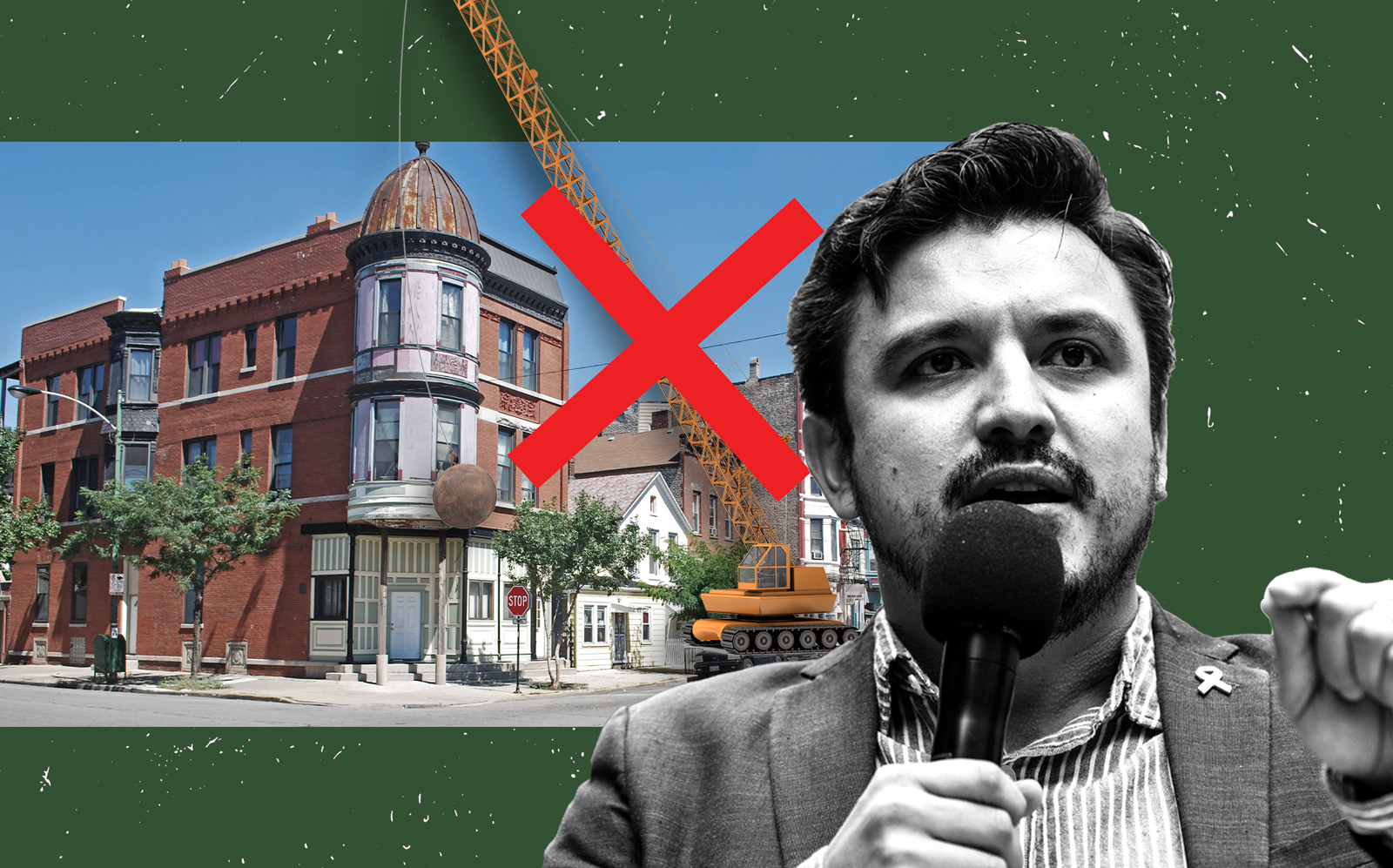Trending
Alderman wants to demolish Pilsen landmark district proposal
Byron Sigcho-Lopez says the effort to landmark hundreds of homes would allow for pricier residential construction and squeeze lower-income renters and homeowners

Historic landmark districts are usually created to preserve existing buildings and limit development.
Not so in Pilsen, says Alderman Byron Sigcho-Lopez (25th Ward), who is opposing a proposed historic district designation, arguing that it would allow for high-end residential development and squeeze lower-income renters and homeowners.
The first-term alderman this week introduced an ordinance for a “demolition-free district,” which would prevent developers from obtaining demolition permits or approvals for major projects and deconversions until Sigcho-Lopez could hold a public meeting about each request, according to the Chicago Sun-Times.
The Pilsen historic district has been a controversial issue — one involving cries of gentrification — but last year it garnered the support of the Landmarks Commission, for an area that would cover 850 buildings from the late 19th and early 20th centuries. The alderman’s “demolition-free district” would include that area, along with the historic St. Adalbert Church property at 1650 West 17th Street, where Sigcho-Lopez last year fought to prevent the Archdiocese from handing over the former church to a developer. That effort was successful, though developer City Pads intends to build co-living apartments in a building on the 2-acre site, and will transform other buildings on the property, Block Club reported last fall.
In a statement on Tuesday, Sigcho-Lopez said “it became clear that landmark designations do not preserve people and communities, they merely protect buildings, often at the expense of longtime, working-class residents.” [Sun-Times] — Alexi Friedman




